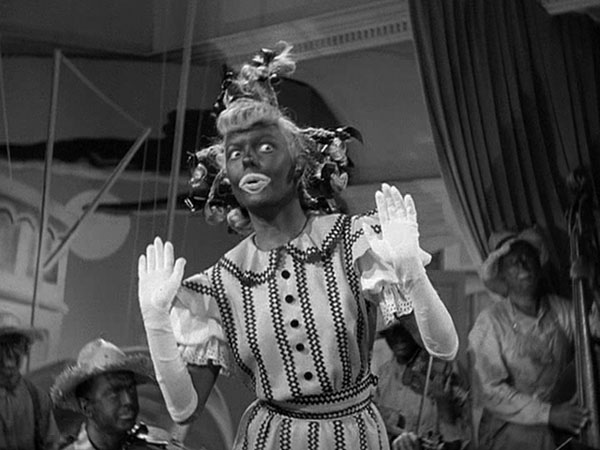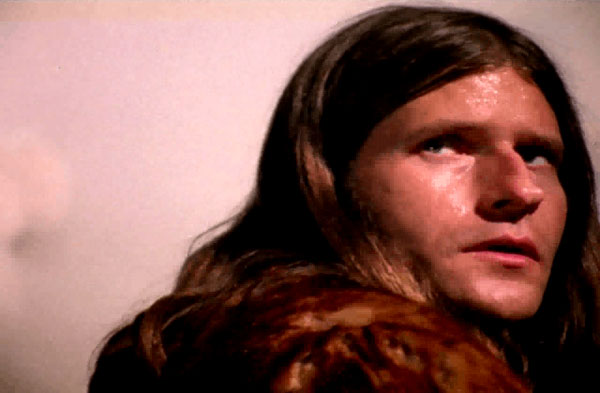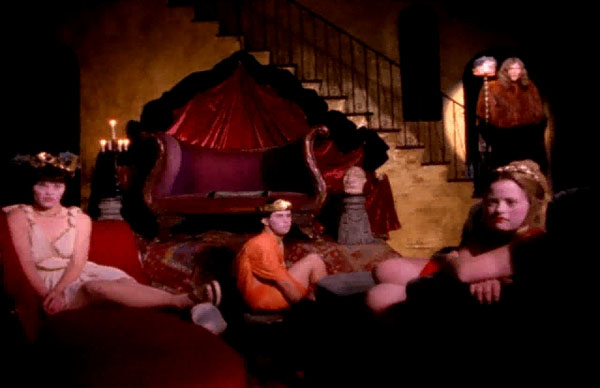Edith+Eddie (2017, Laura Checkoway)
I guess it’s common practice to screw over elders using the legal guardianship system? Imagine being the lawyer responsible for the lonely death of a nice old man in an oscar-nominated documentary seen around the world. This was filmed 11 miles from my grandmother’s house.

–
Daredevil Droopy (1951, Tex Avery)
Droopy and Spike compete at a circus to be one of The Great Barko’s daredevil dogs. Rapid-fire series of short contests, mostly ending with the larger dog badly injured, but it’s fine because he was trying to cheat. Lots of dynamite in the second half. Best bits: figure skating, human bullet, that strength-tester bell-ringer seesaw hammer game.
Mouseover to send Spike through the hoop of fire:

Mouseover to give Droopy a better gun:

–
Droopy’s Good Deed (1951, Tex Avery)
Spike is a wild-eyed hobo pretending to be a boy scout, another series of short competitions with Spike cheating and losing to the cool and competent Droopy, who gets a ton more dialogue in this one. Slightly racist jokes in this and the previous one, always to the effect of turning Black after a bomb blast, and it’s not terrible – until one time it definitely is, then a weird, fakeout ending at the White House. I assume I downloaded the uncensored versions of these somewhere or other, they sat on my laptop for a year, and tonight I’m in the mood for some violent cartoons.

–
Watching Oana (2009, Sebastien Laudenbach)
Earlier short by The Girl Without Hands director. A couple: he is a pastry chef, she translates poetry and brochures. Told from his perspective, wanting a baby, not believing in her ambitions, thinking he knows her inside and out but apparently not. Some cringey moments, I hope it’s not based on a true story. Spoken opening credits, then alternates between written segments created with stop-motion pasta, and spoken conversations with close-up animation of something besides the couple’s faces (wine glasses, shadows, legs in the surf), then the pasta turns into words inked onto skin and the music ramps up for the disturbing final section. The voice of Oana is played by Elina Löwensohn, who keeps coming up lately. Played at Annecy with The Secret of Kells and Western Spaghetti.


–
The Boy Who Chose the Earth (2018, Lav Diaz)
Two minutes for the latest Vienna Film Festival, a boy at home alone receiving a letter, running outside, apparently surprised – then rain and flooded streets. The last Lav Diaz short I watched was also fierce storms and floods, either footage from the same week or else the Philippines get some regularly nasty weather.

–
The Glass Note (2018, Mary Helena Clark)
Miniature frames of music and water and wind. Extreme bodily close-ups. Mostly seems interested in sound being created and moving through channels, with a sidetrack about tourists touching the breasts of bronze statues.


–
Story of an Old Lady (1985, Agnes Varda)
Lost, deteriorated Varda mini-doc about the woman she cast to get naked in the feather room in 7 P., cuis., s.de b…. Bit of behind-the-scenes interview, her getting a kick out of playing the employer in Vagabond, bossing around Yolande and Sandrine, when she’d worked as a maid all her life.

–
Trees Down Here (2018, Ben Rivers)
I wasn’t sure that ending my night with Ben Rivers would work out, since he tends to put me to sleep, but it opens with an owl close-up and I’m hooked. Architectural sketches alternate with architectural photos, but with an owl or snake in the foreground. The final minutes have a tape of John Ashbery reading his poem “Some Trees”. Ben’s most engaging work yet, I suppose if you’re into architecture, poems, owls and snakes.

































